Not every memorable car gets the recognition it earned. Some models arrived at the wrong time, got buried by bigger names, or were simply too different to catch on. But that doesn’t mean they didn’t matter. These ten classics didn’t leave a big footprint in the sales charts, but they brought something unique that still deserves a second look.
1960 Plymouth Fury SonoRamic Commando
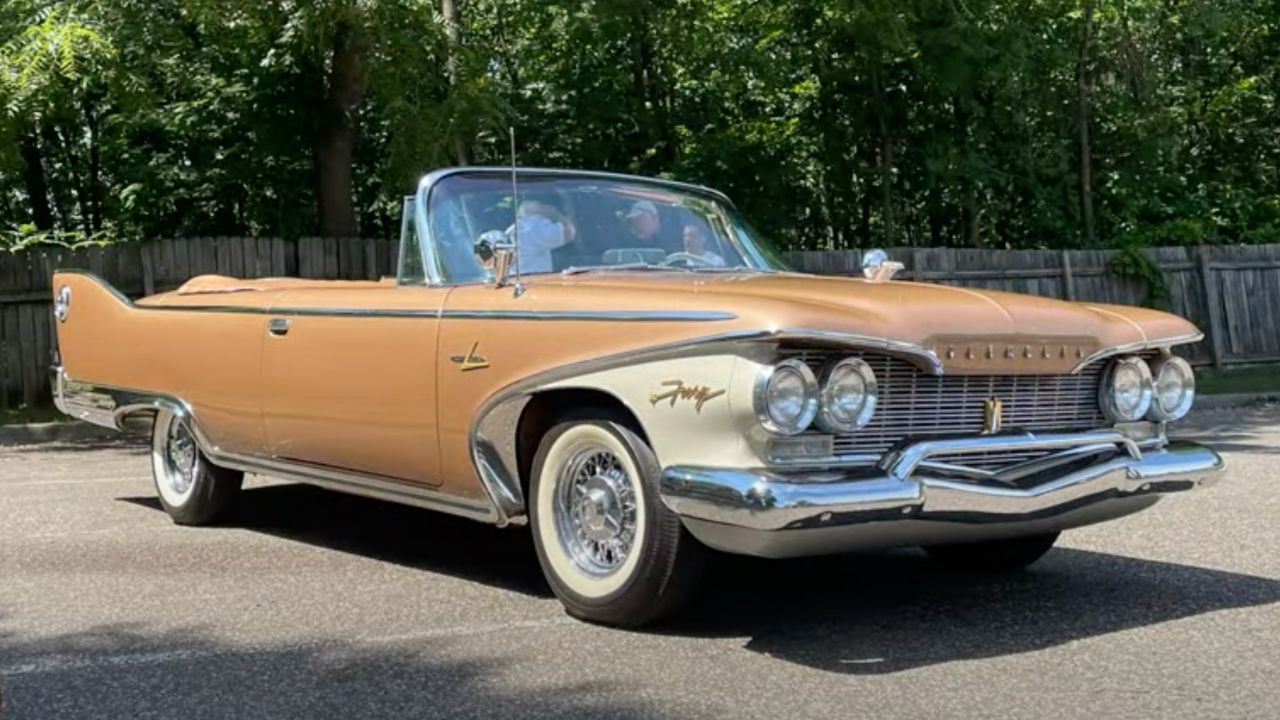
The 1960 Fury with the SonoRamic Commando engine was Plymouth’s attempt to mix show and go. It featured a wild-looking 383 V8 with cross-ram intake manifolds that looked like something from a drag strip. The long-runner design gave it strong midrange power and a visual wow factor. Plymouth claimed 330 horsepower, but the intake system was the real conversation piece. This was a factory performance setup most buyers didn’t know existed—and one that never came back.
1974 Pontiac Grand Am 455
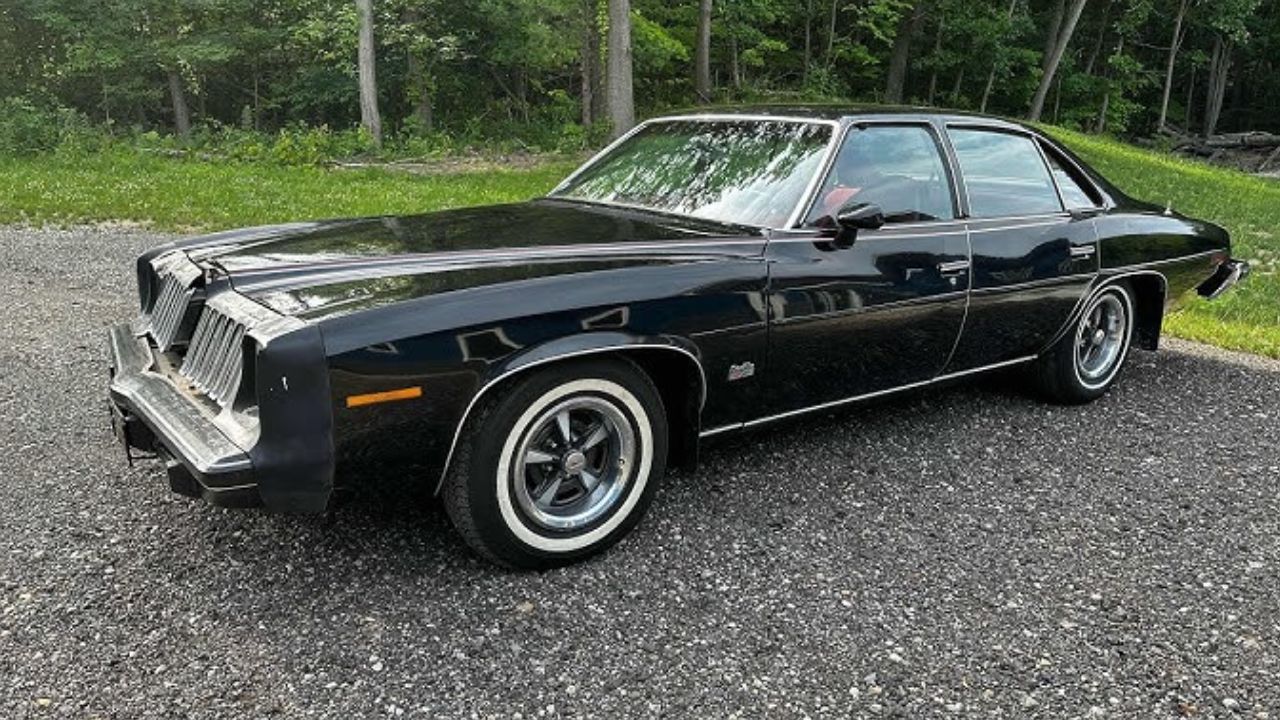
Most people think of the Grand Am as a ’90s rental car, but the 1974 version was a different story. With a 455-cubic-inch V8 available, a functional shaker hood, and European-style suspension tuning, Pontiac tried to build a personal luxury car that could hustle. It had unique styling and optional 4-speed manuals—rare for the era. Emissions and insurance pressures killed the 455 shortly after, and the Grand Am quietly moved toward forgettable status.
1968 Ford XL Fastback 428
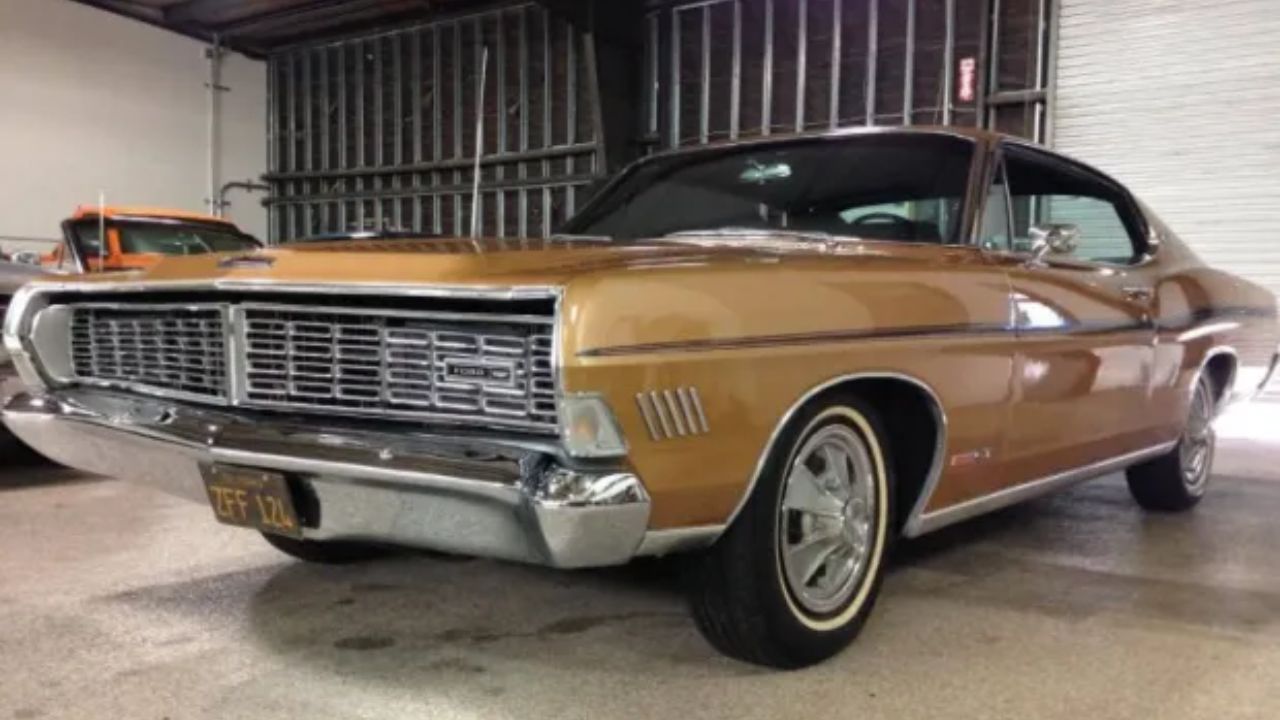
The XL Fastback was Ford’s big-body sleeper. It wasn’t a Mustang or a Torino, but it could be optioned with a 428 Cobra Jet and a 4-speed manual. It had full-size proportions but surprising performance when equipped right. The styling was clean, the interiors were plush, and it flew under the radar compared to other Ford muscle offerings. If you wanted full-size comfort with real highway muscle, the XL was a hidden gem.
1971 Dodge Demon 340

The name alone gave this car trouble, but the Demon 340 was light, quick, and affordable. Its 275-horsepower 340 small-block gave it a power-to-weight advantage over bigger muscle cars, and it came with performance options like rally gauges and 4-speed manuals. Only produced in 1971 and 1972 before Dodge caved to nameplate controversy, the Demon didn’t get a chance to build much legacy. Today, it’s overshadowed by AAR ’Cudas and T/A Challengers, but it ran with the best of them.
1967 Rambler Rogue 343

AMC squeezed surprising performance out of the compact Rambler Rogue by dropping in a 343 V8. It made 280 horsepower in a lightweight shell, making it a true budget muscle car. The Rogue didn’t have flashy graphics or a race pedigree, but it was quick and simple—perfect for low-key street action. It was only offered in this spec for one year, and its plain styling helped it blend in even when it had real performance under the hood.
1976 Mercury Cougar XR7 460

Before it went full luxury, the Cougar could still be had with Ford’s massive 460 V8 in 1976. It made 202 horsepower—not much by today’s standards—but torque was abundant, and the car was built for long-haul cruising. The XR7 package added styling flair and interior upgrades. Sales were steady, but few people saw it as a performance car, and today it’s mostly forgotten. Still, it was one of the last Cougars with serious displacement.
1980 Chevrolet Monza Spyder V8
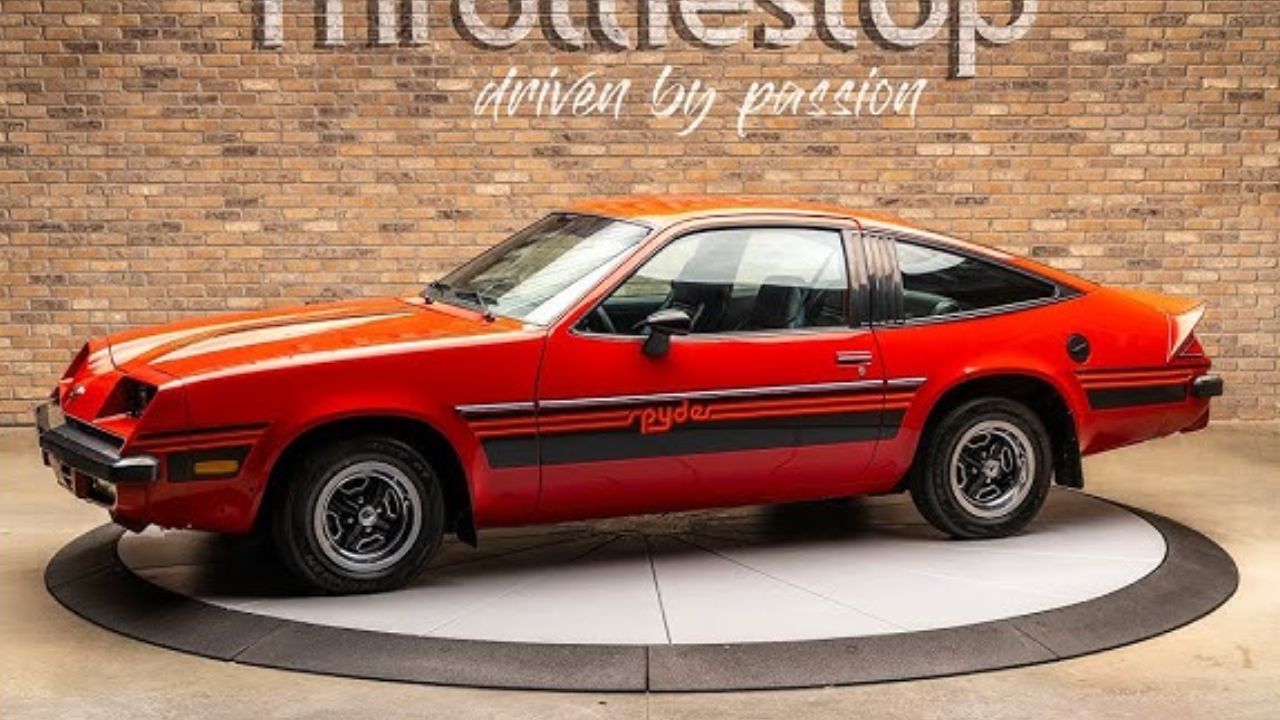
The Monza Spyder came with either a 305 or 350 small-block V8 shoehorned into a compact body. It was marketed as a budget performer, offering decent power and low weight with minimal frills. It handled better than expected thanks to its size, and the V8 gave it respectable straight-line performance. With the emissions era in full swing, these cars were built more for image—but the fact that Chevy squeezed a V8 into a Vega-sized package deserves respect.
1962 Oldsmobile Jetfire
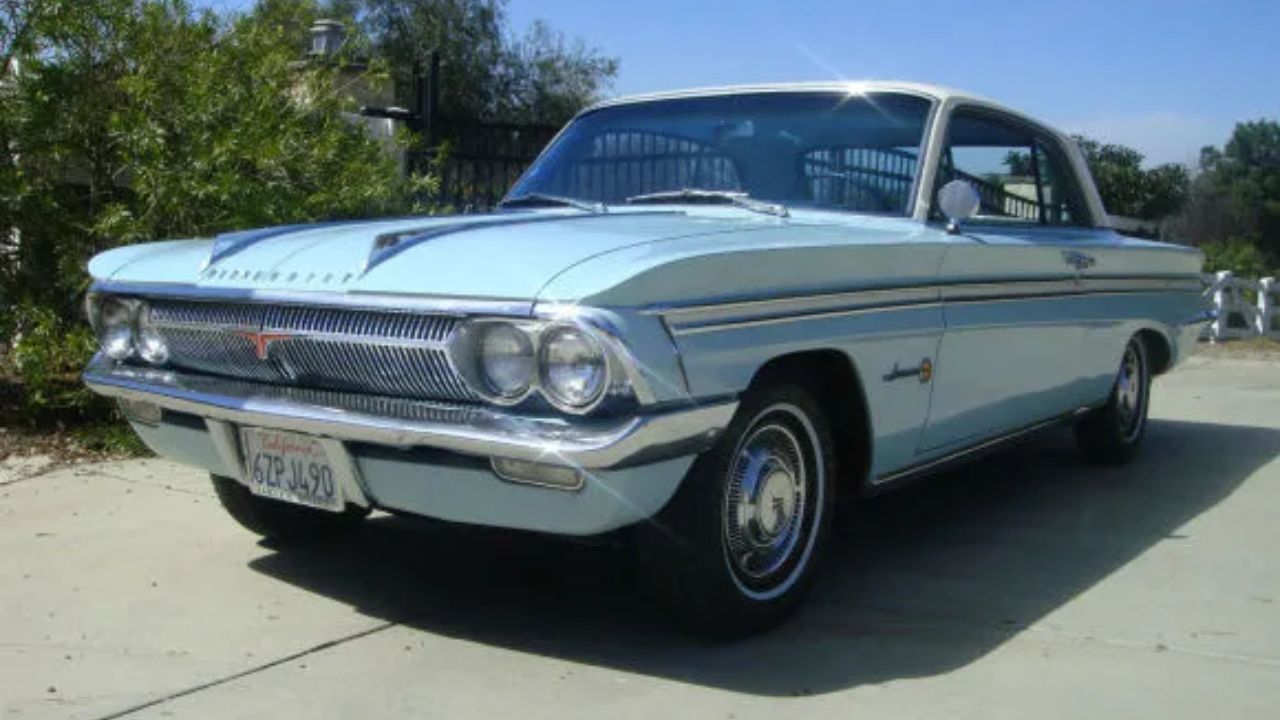
Oldsmobile was one of the first American brands to experiment with turbocharging, and the Jetfire was the result. Its 215-cubic-inch aluminum V8 used a Garrett turbo to make 215 horsepower—solid for a small engine at the time. The setup used a fluid-injected anti-knock system and was technically advanced, but reliability concerns doomed it. Less than 10,000 were built before Olds pulled the plug. It was ahead of its time, and most people still don’t know it existed.
1973 Pontiac Ventura Sprint

The Ventura Sprint was Pontiac’s version of the Chevy Nova, and when optioned with the 350 V8 and Rally package, it became an underrated street car. It had sharp looks, a clean interior, and a platform that responded well to modifications. The Sprint name suggested performance, but without much factory marketing or fanfare, it never developed a strong identity. Today, clean Sprints are rare and usually go unnoticed by collectors—but they’re worth hunting down.
1975 Chrysler Cordoba 400
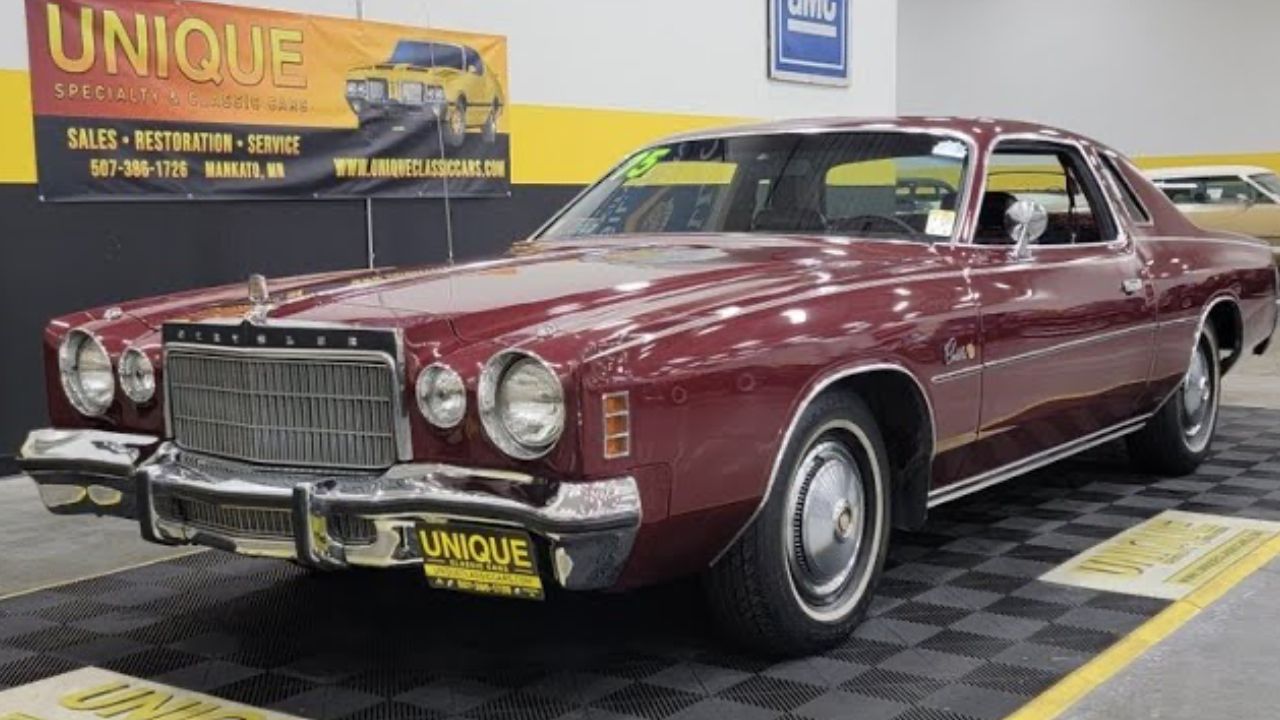
The Cordoba is best known for Ricardo Montalbán’s “fine Corinthian leather” ads, but the early ones could be ordered with the 400-cubic-inch big-block. It was more of a cruiser than a bruiser, but it looked the part with hidden headlights, optional T-tops, and wide-track stance. Chrysler leaned into style over speed, but that early 400 gave it some grunt. It became a style icon more than a performance car, which makes it easy to overlook now—but the power was there if you checked the right boxes.
Like Fast Lane Only’s content? Be sure to follow us.
Here’s more from us:


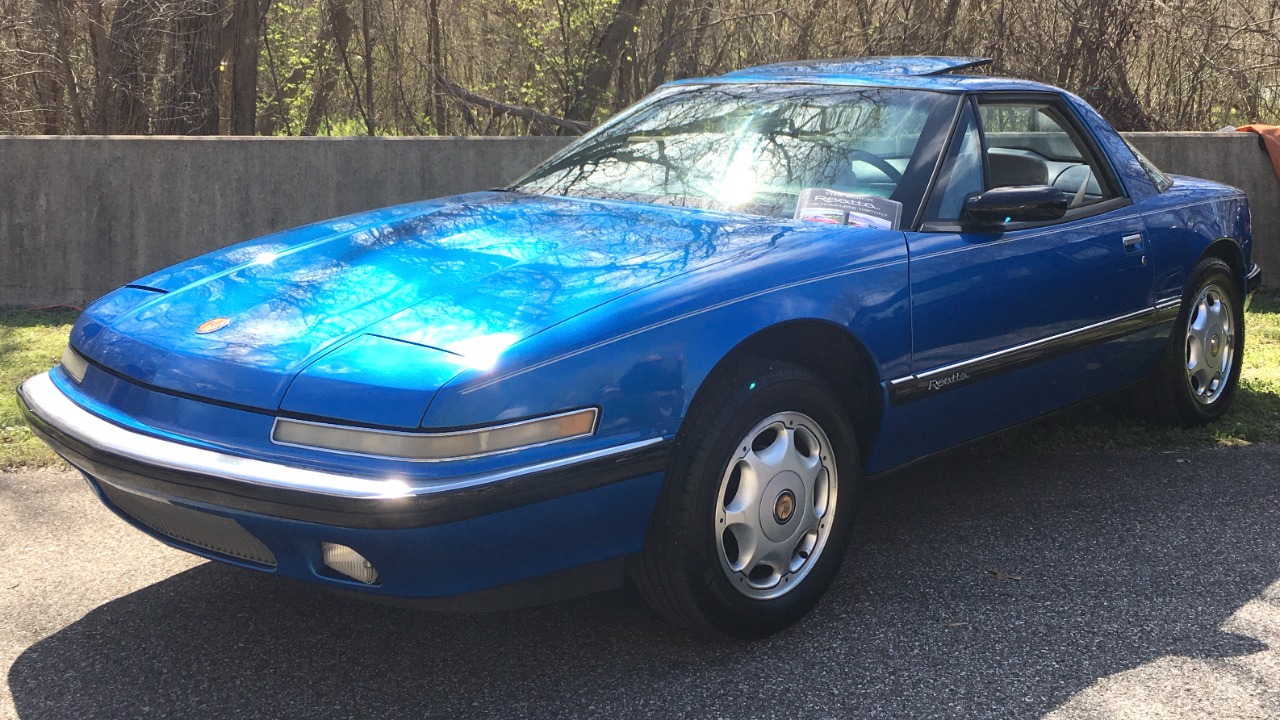

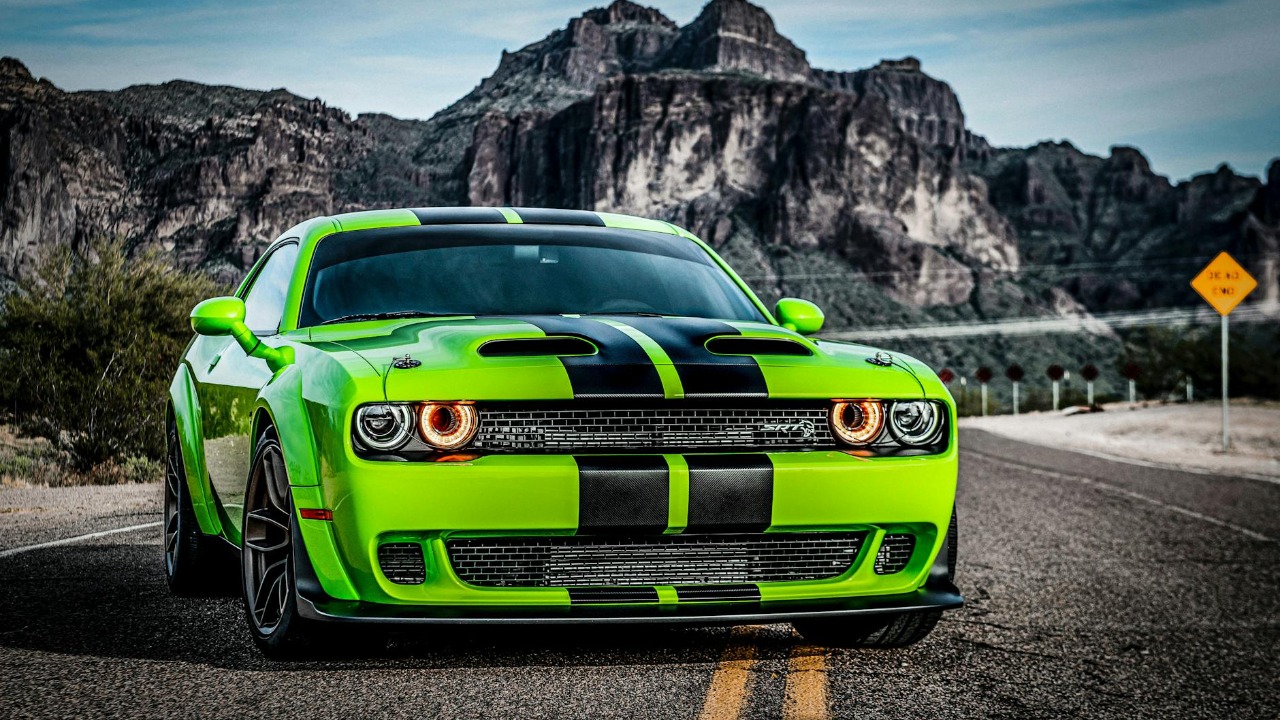

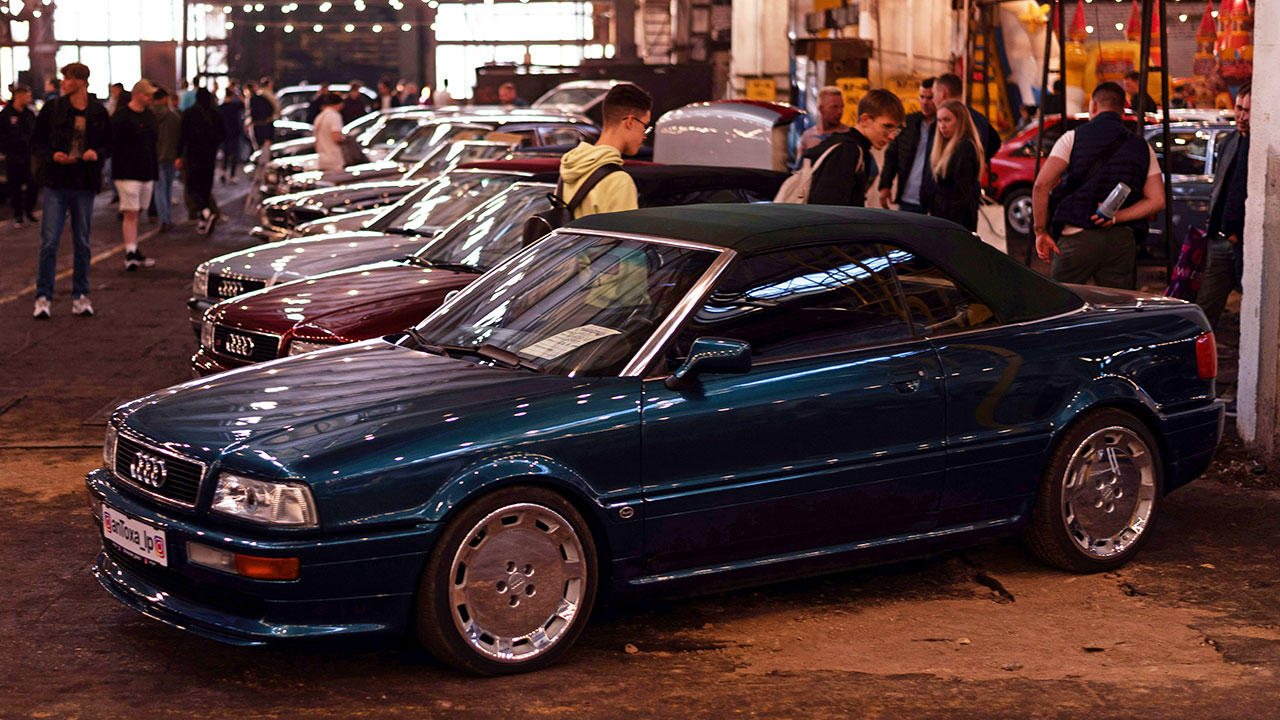
Leave a Reply